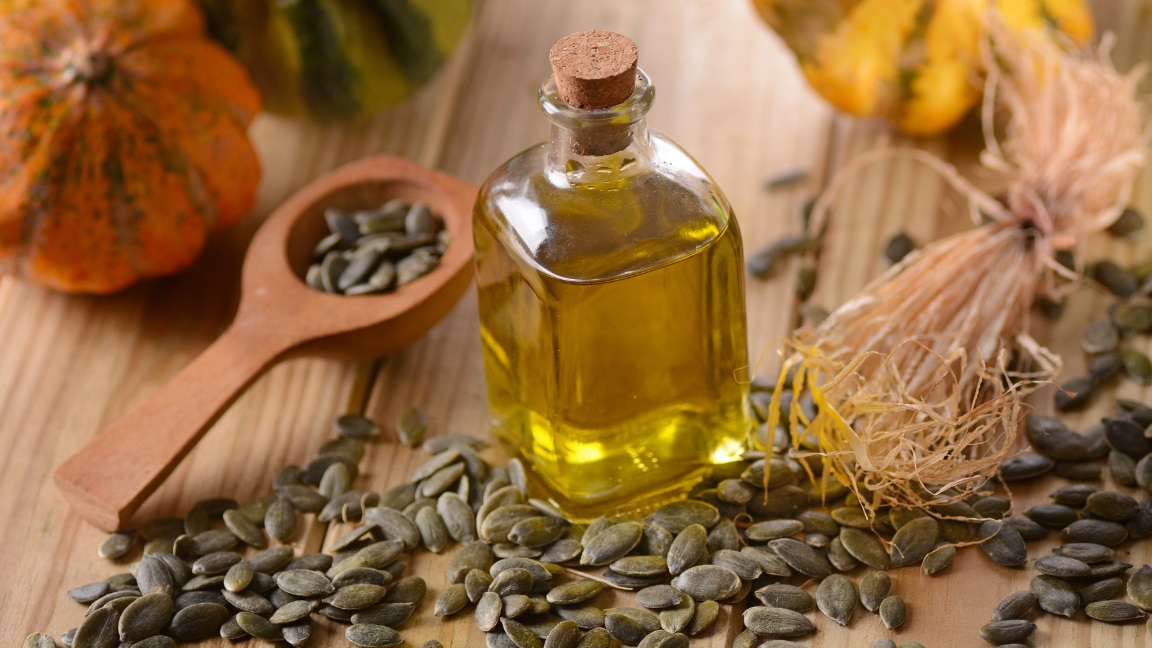- 01 What Is Pumpkin Seed Oil?
- 02 Pumpkin Seed Benefits for Hair
- 03 How to Apply Pumpkin Seed Oil for Hair Growth
- 04 How to Use Pumpkin Seed Oil Orally for Hair Growth
- 05 Is Pumpkin Seed Oil Safe for All Hair Types?
- 06 How to Combine Pumpkin Seed Oil in Your Hair Routine
- 07 Pumpkin Seed Oil vs. Other Hair Growth Oils
- 08 Wrap It Up: Final Thoughts
- 09 Pumpkin Seed Oil Side Effects You Should Know
- 10 How to Minimize Side Effects
- 11 FAQs
Discover the powerful benefits of pumpkin seed oil for promoting healthy, fast-growing hair and learn the best ways to use it for optimal results. Natural remedies for hair growth are making a big comeback—and one that's gaining serious popularity is pumpkin seed oil for hair. Rich in nutrients and free from harsh chemicals, this botanical oil is being hailed as an effective, natural solution for hair loss, thinning, and overall scalp health. If you're exploring potent, natural hair growth oil options, pumpkin seed oil could be your next game-changer. But what exactly makes this oil special? And more importantly, how do you use pumpkin seed oil for hair loss and growth safely and effectively? Let's dive in.
01What Is Pumpkin Seed Oil?
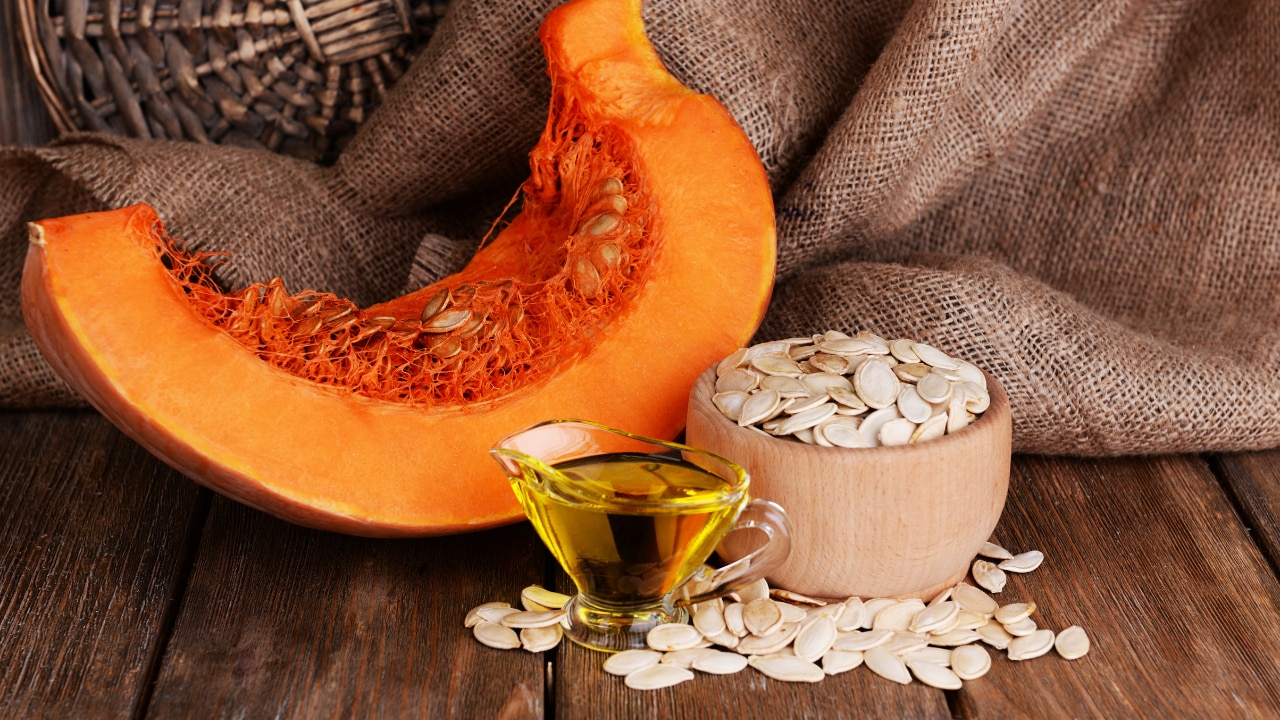
Pumpkin seed oil is a nutrient-rich oil extracted from the seeds of the pumpkin (Cucurbita pepo) through cold pressing. Deep green or reddish in color, it's loaded with hair-loving components like:
- Zinc
- Magnesium
- Vitamin E
- Omega-3 and Omega-6 fatty acids
- Phytosterols, particularly beta-sitosterol, which has shown promise in blocking DHT (a hormone linked to hair loss)
These bioactive nutrients explain why pumpkin seeds for hair are increasingly popular, both as food and topical oil.
02Pumpkin Seed Benefits for Hair
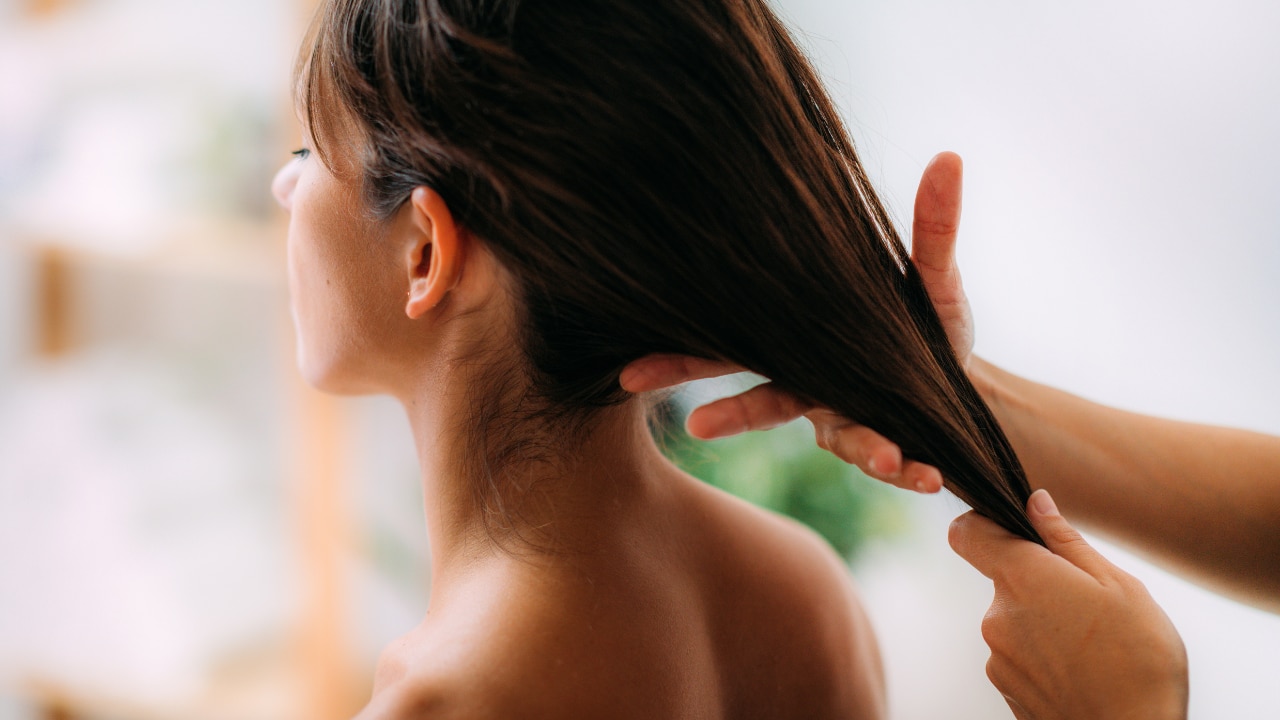
Here are the top pumpkin seed oil benefits for hair that make it stand out:
- Promotes Hair Growth: Beta-sitosterol helps block DHT, a hormone associated with hair loss, particularly in men and women with pattern baldness.
- Strengthens Hair Follicles: Rich in zinc and vitamin E, it supports healthy follicle function and reduces hair thinning.
- Improves Scalp Health: Anti-inflammatory properties soothe the scalp and may help with conditions like dandruff or itchiness.
- Balances Oil Production: Helps regulate sebum levels, especially beneficial for oily scalps.
- Deeply Moisturizes: Fatty acids seal in moisture, reducing breakage and dryness.
- Fights Oxidative Stress: Antioxidants like tocopherols (Vitamin E) protect against environmental damage that weakens hair.
- Improves Scalp Circulation: Enhances blood flow to the scalp, delivering essential nutrients to hair roots for better growth.
- Reduces Hair Loss: Helps minimize hair shedding by nourishing follicles and supporting overall scalp health.
03How to Apply Pumpkin Seed Oil for Hair Growth
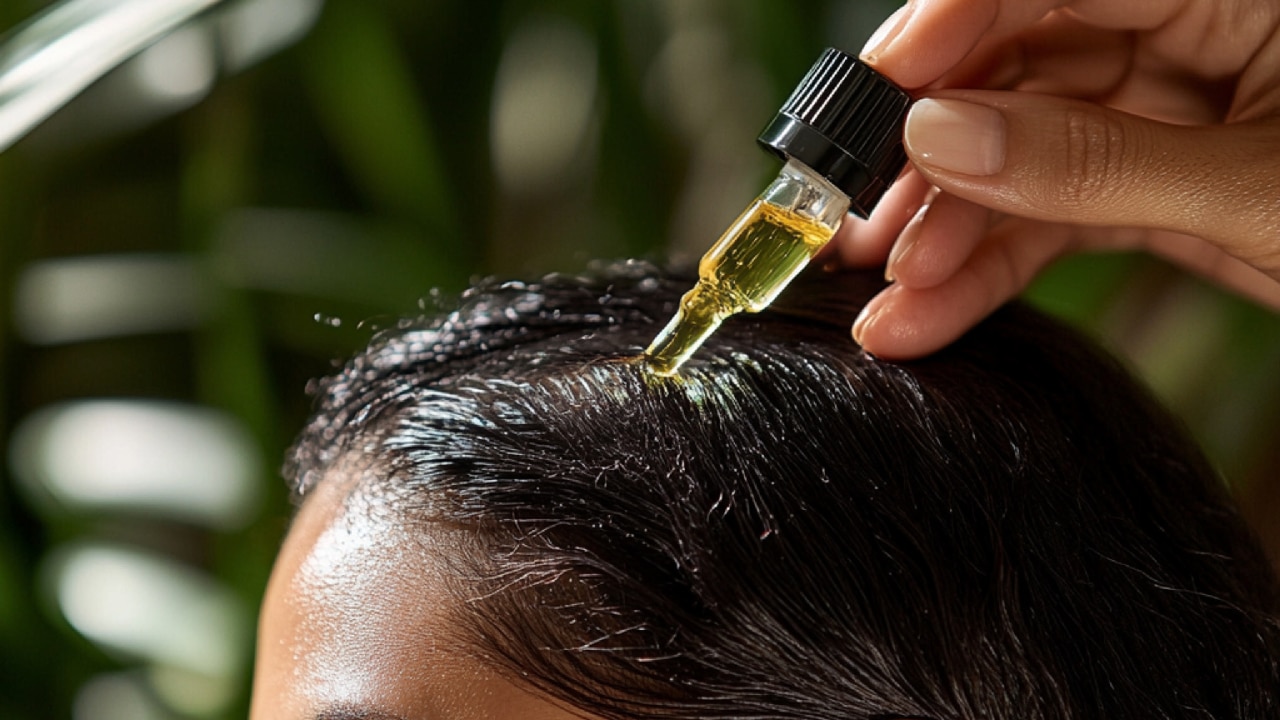
Ready to use pumpkin seed oil for hair growth? Follow these steps:
1. Warm the Oil
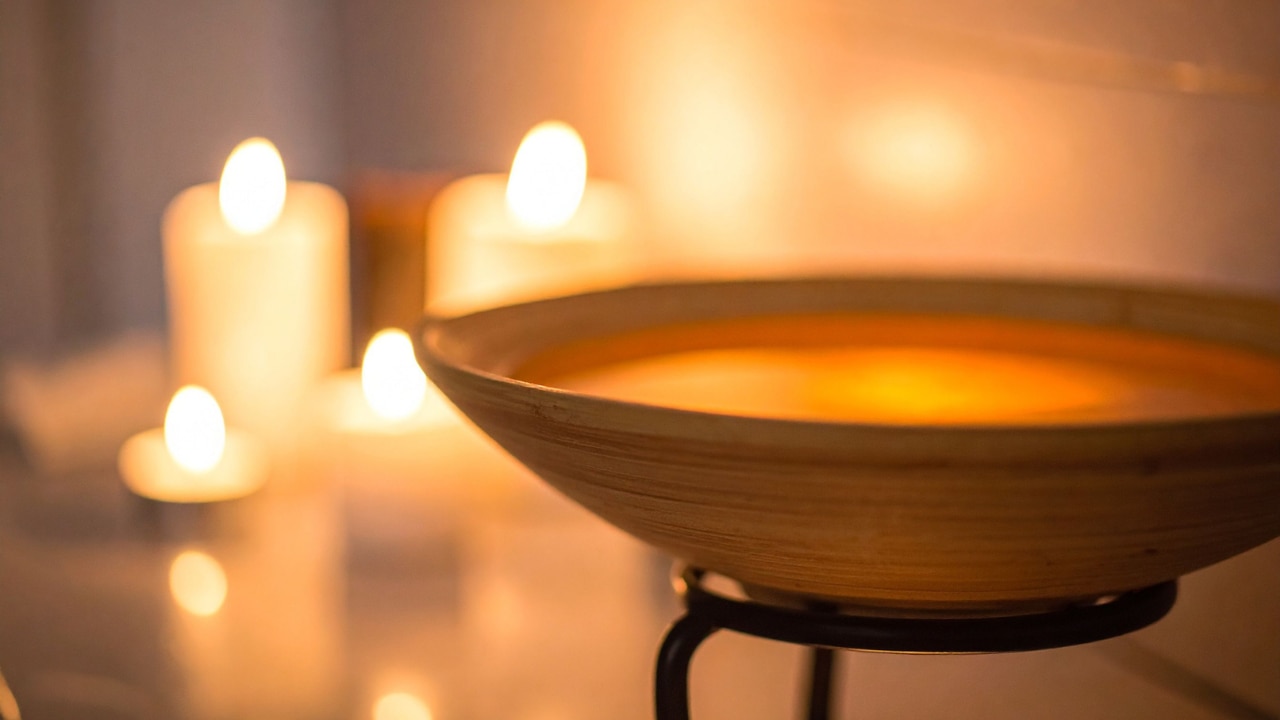
Pour 1–2 tablespoons of pumpkin seed oil into a small bowl and warm it slightly. Do not overheat.
2. Section Your Hair
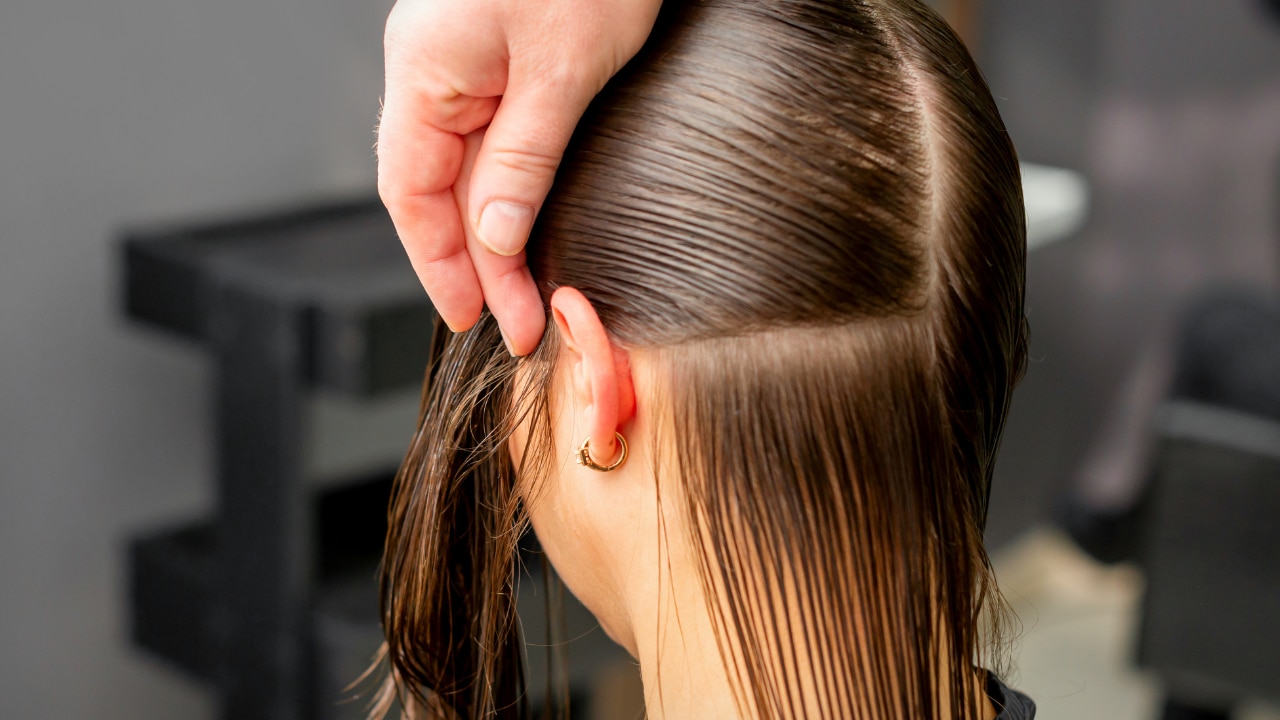
Divide your hair into sections to ensure even application.
3. Massage into Scalp
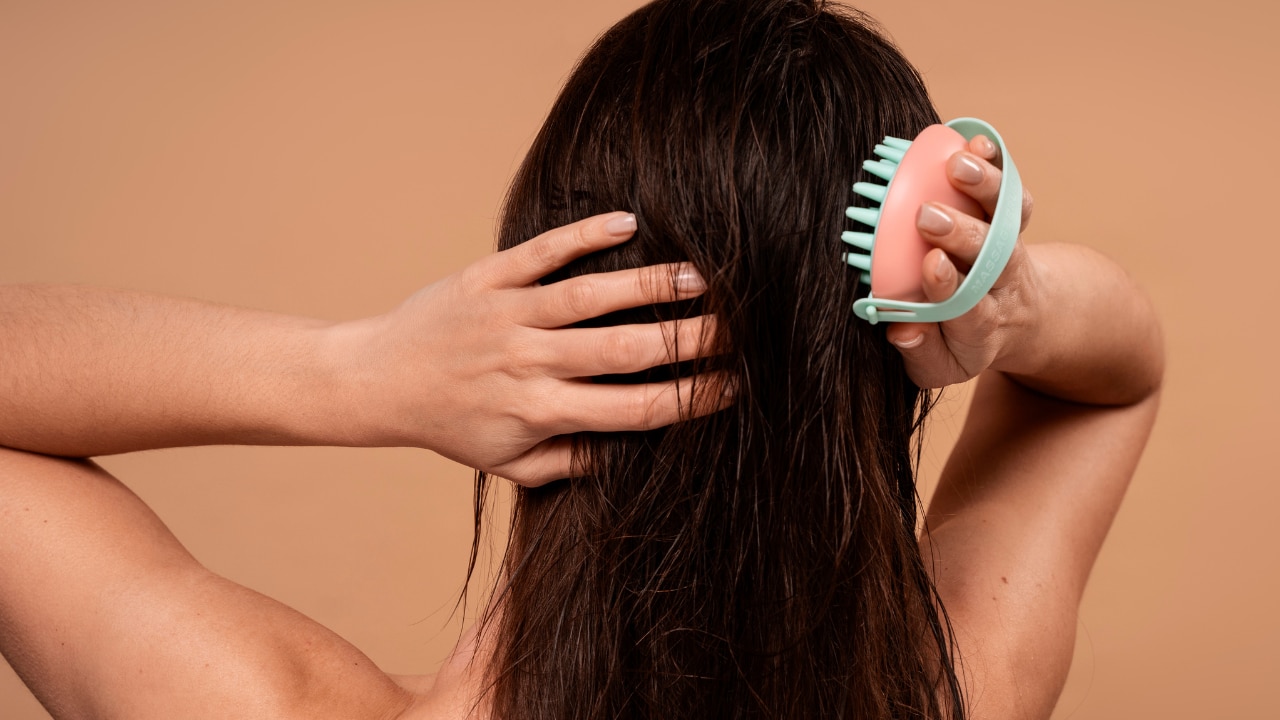
Using your fingertips, gently massage the oil into your scalp for 5–10 minutes. Focus on thinning or problem areas.
4. Work Through Hair Length (Optional)
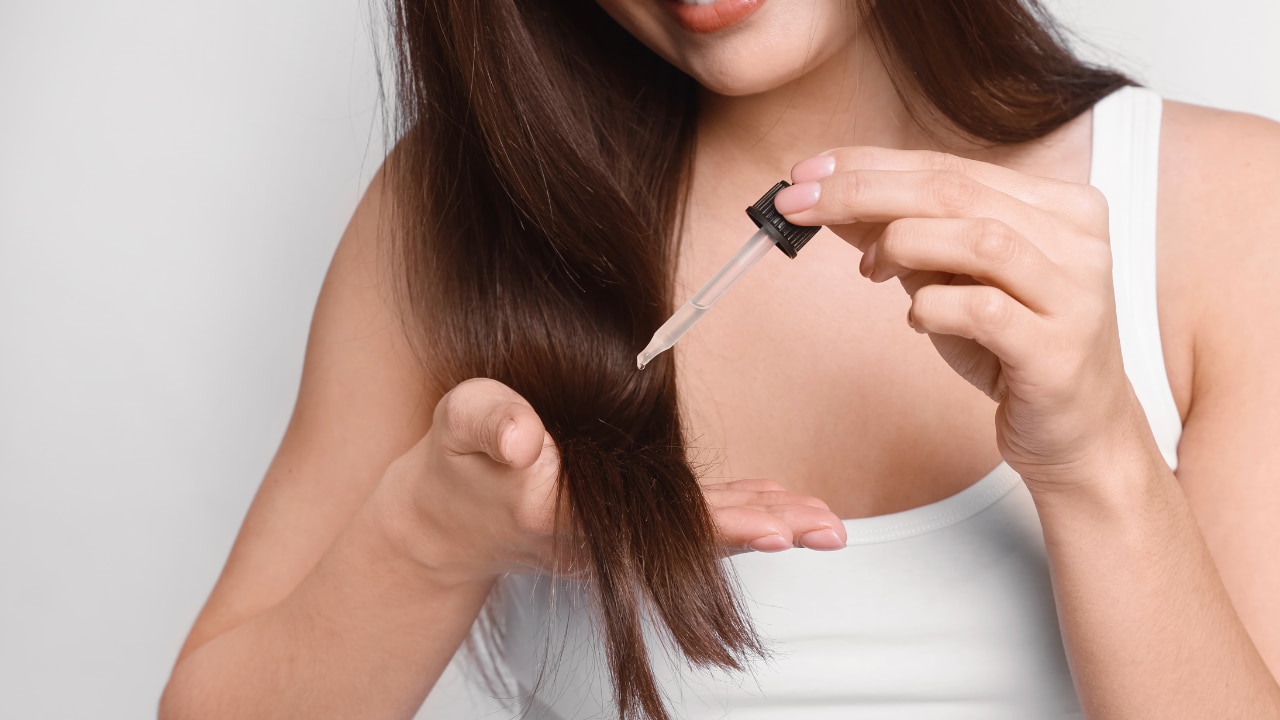
If your hair is dry, apply the remaining oil down to your ends.
5. Leave On
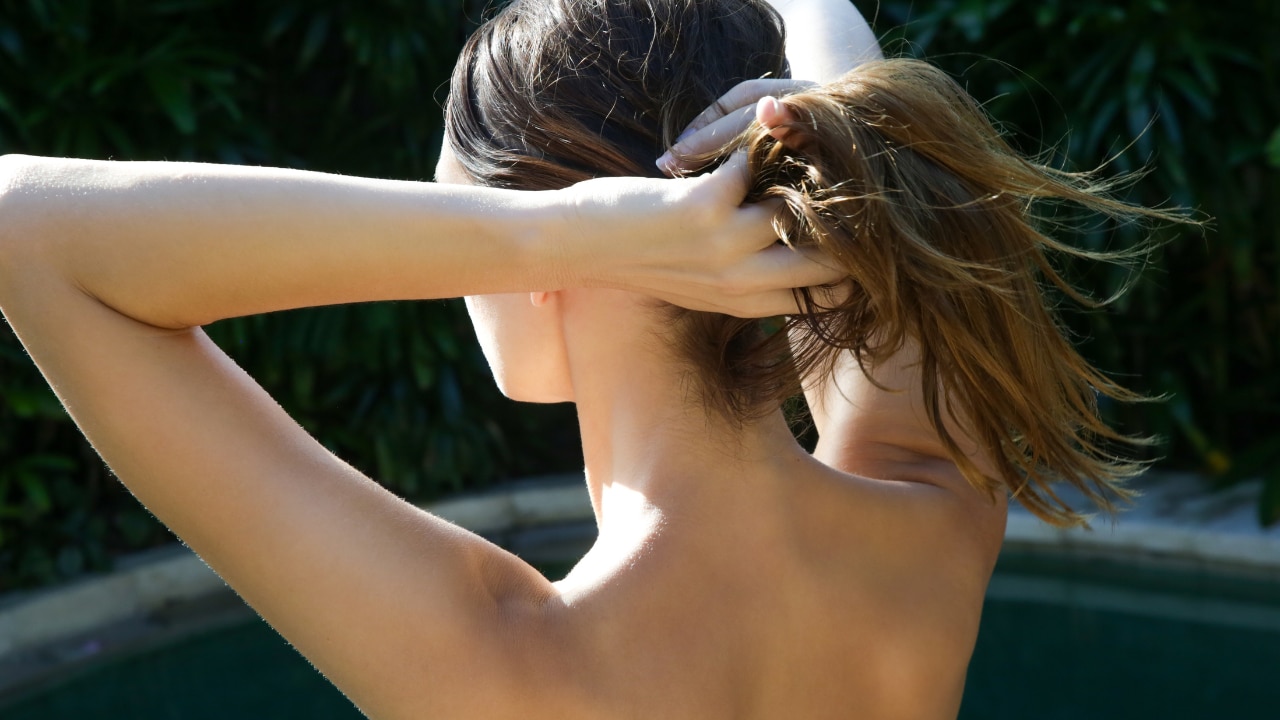
Leave it on for at least 30 minutes. For deeper conditioning, cover with a shower cap and leave overnight.
6. Wash Off
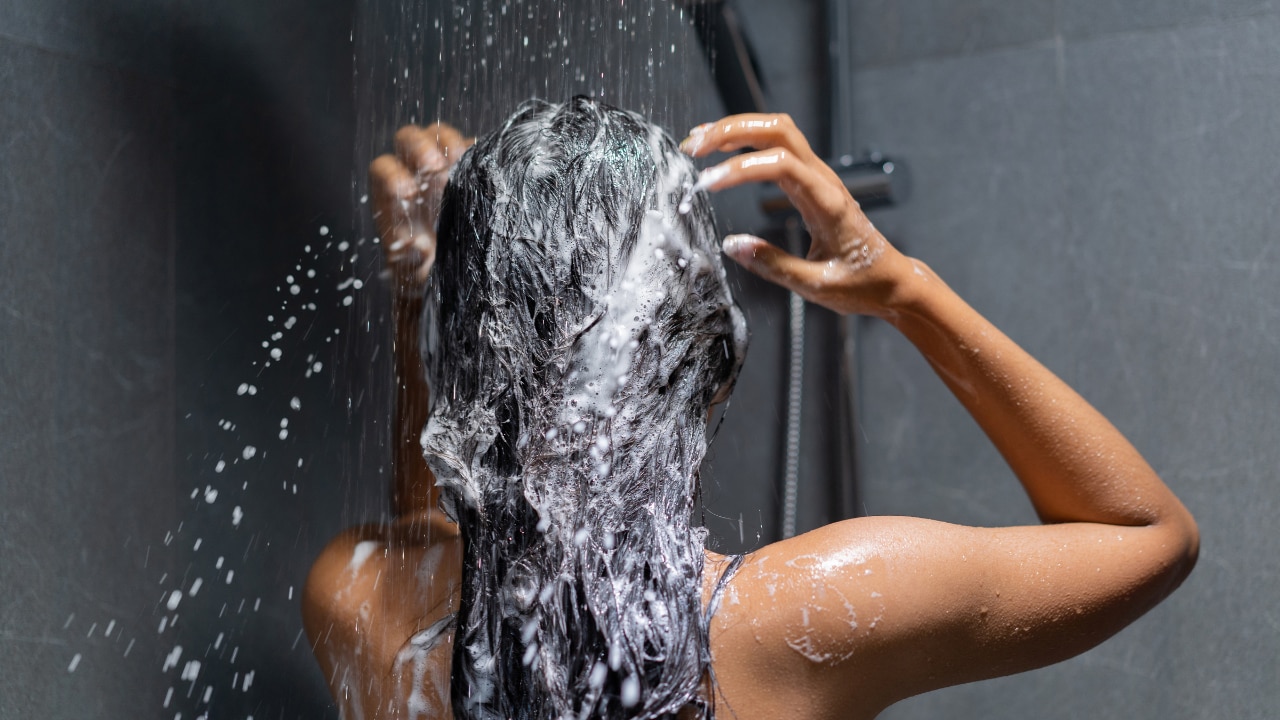
Use a gentle cleanser like Indulekha Bringha Ayurvedic Shampoo to remove oil without stripping your scalp.
7. Repeat
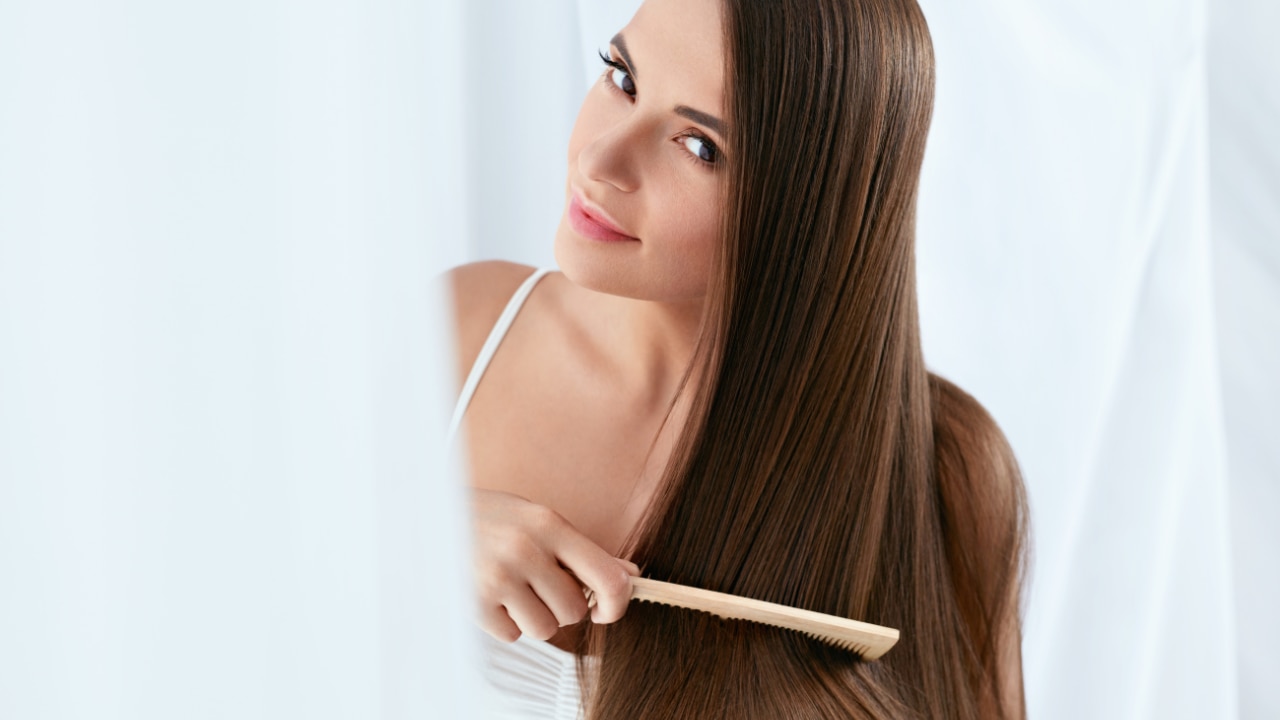
Use 2–3 times a week for visible results over 8–12 weeks.
04How to Use Pumpkin Seed Oil Orally for Hair Growth
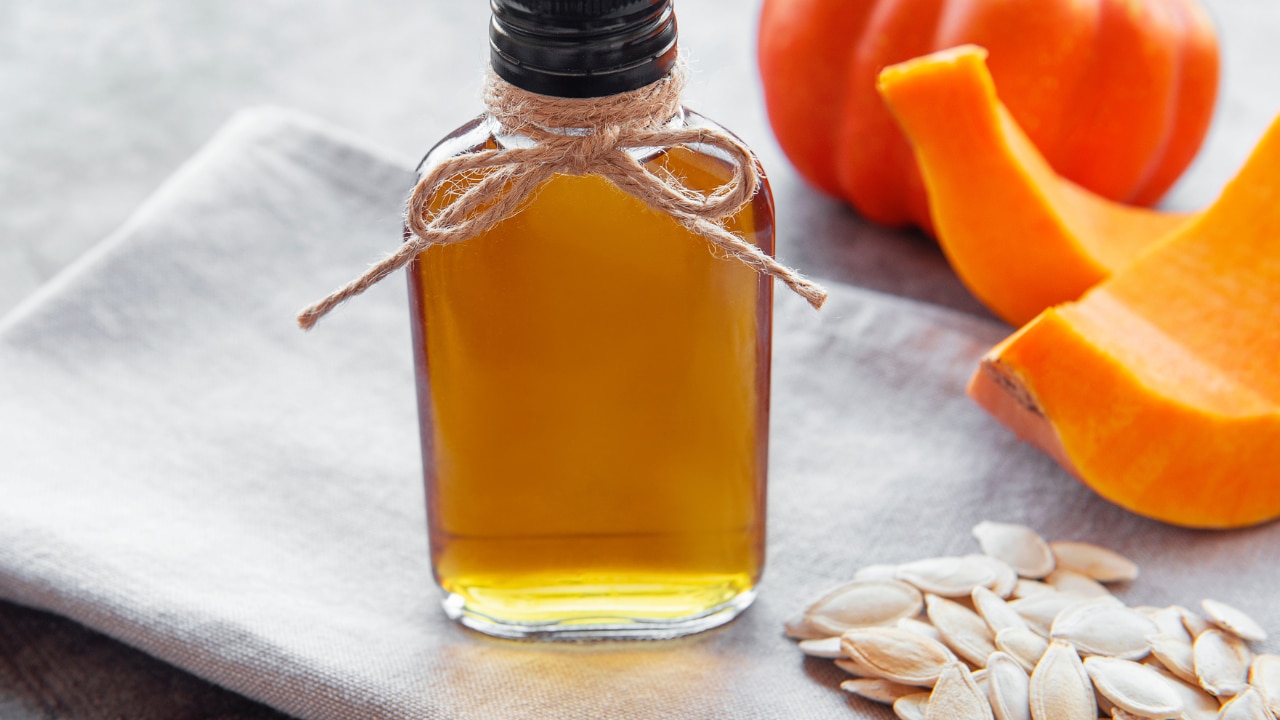
Some people take pumpkin seed oil capsules to support hair growth from within. Research suggests that 400 mg of pumpkin seed oil daily may help with androgenetic alopecia.
Important: Always consult your healthcare provider before taking pumpkin seed oil supplements. Dosage and quality matter.
05Is Pumpkin Seed Oil Safe for All Hair Types?
For Oily Hair
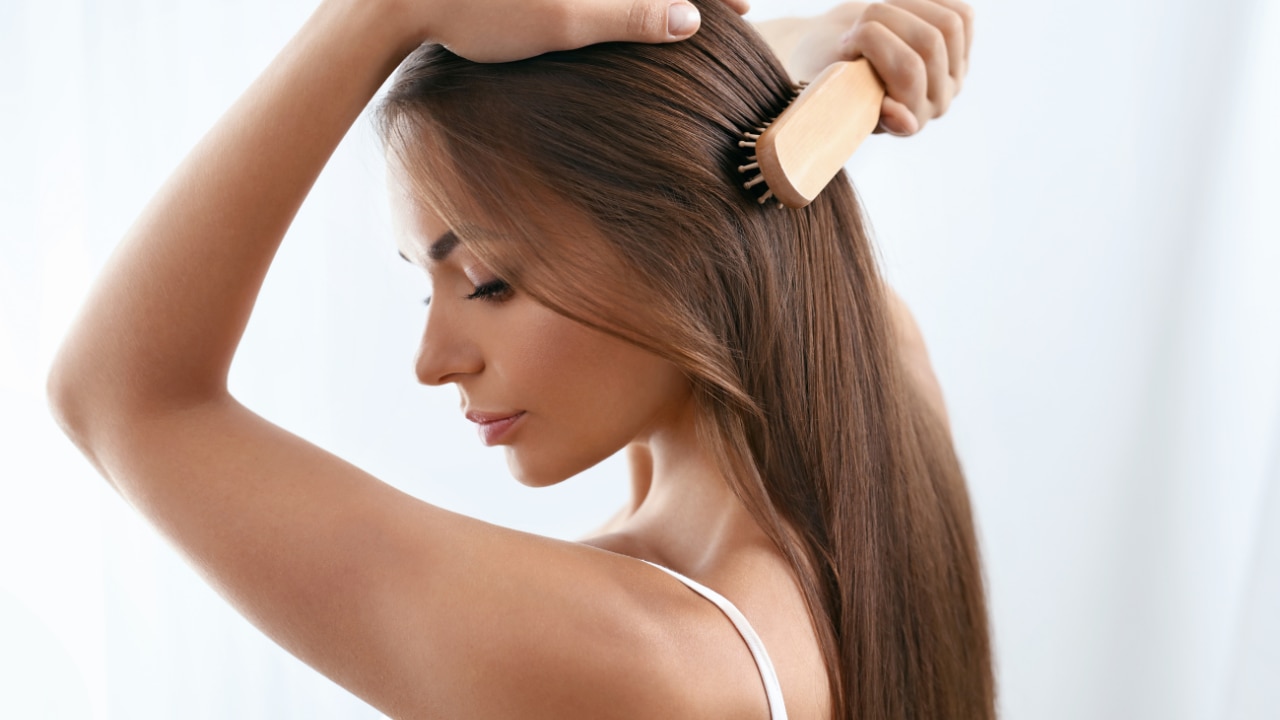
- Helps balance scalp sebum when used sparingly. Avoid overuse to prevent buildup.
For Dry Hair
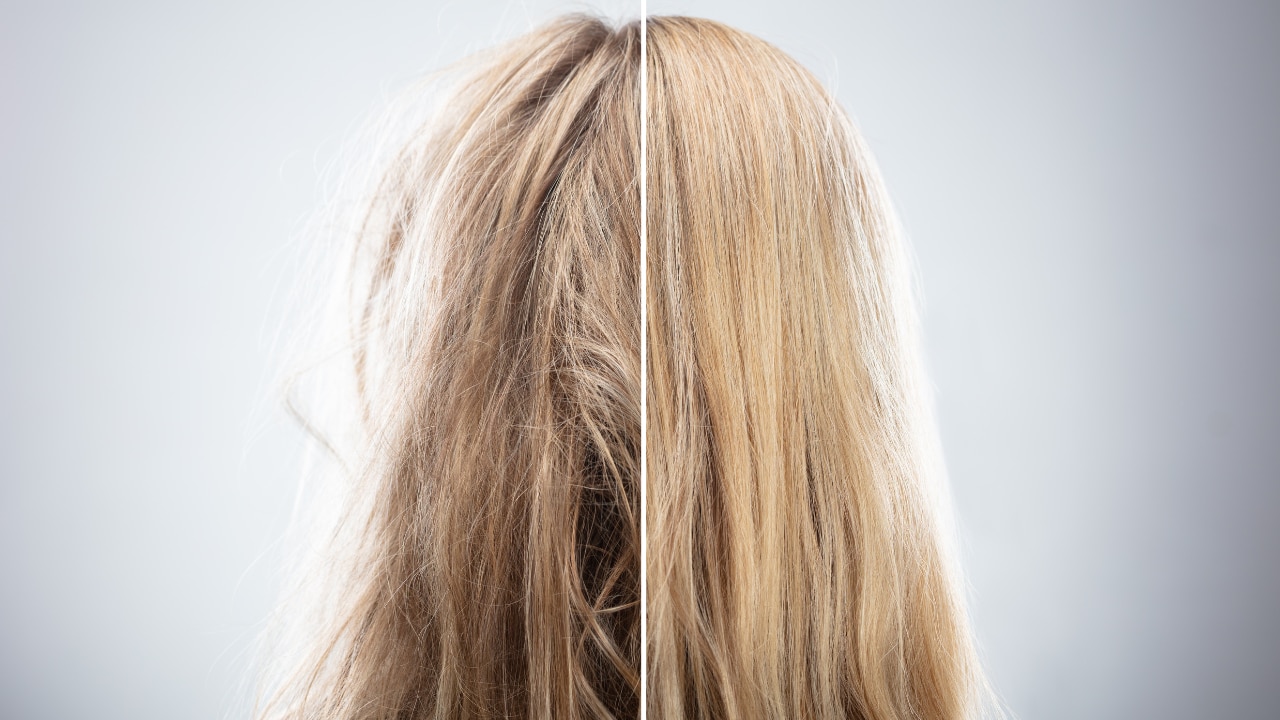
- Excellent for locking in moisture. Use as a pre-wash treatment or mix with other hydrating oils.
For Sensitive Scalp
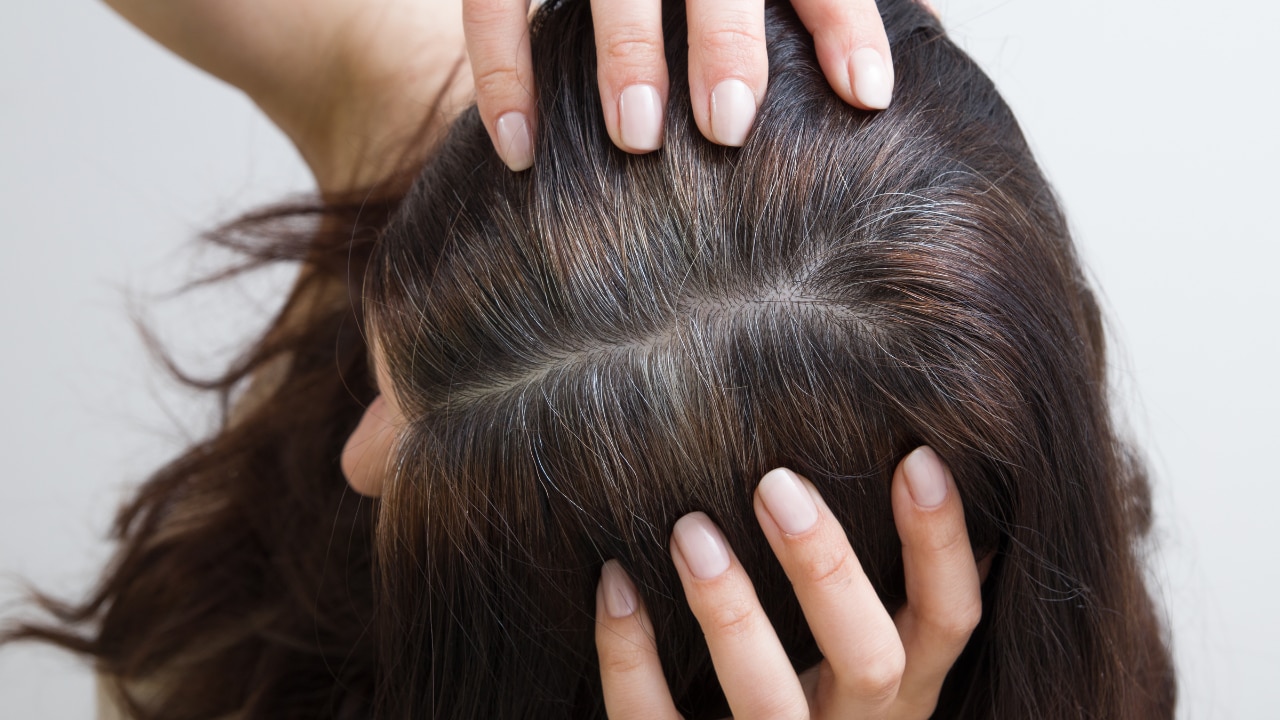
- May cause irritation if used undiluted. Always dilute and do a patch test before regular application.
06How to Combine Pumpkin Seed Oil in Your Hair Routine
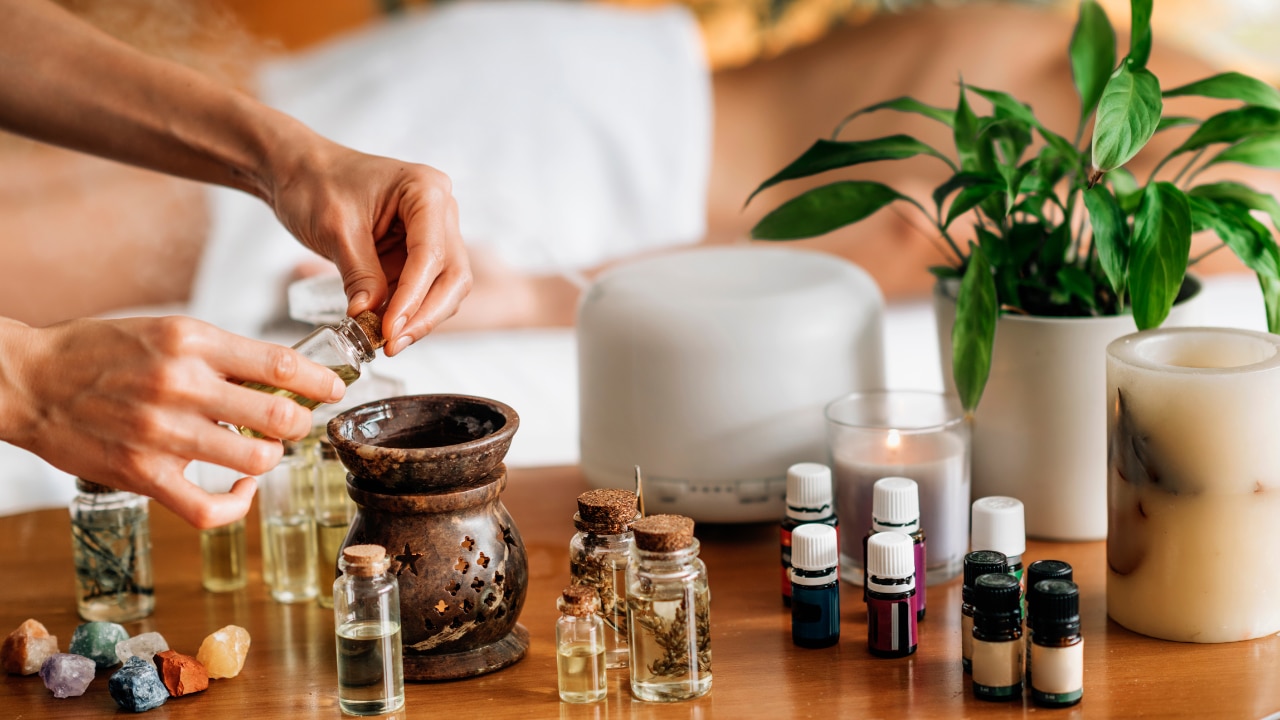
Here's how to blend it into your existing hair care plan:
- Start Weekly: Begin with once-a-week use to assess tolerance.
- Pair with Gentle Shampoo: Use sulfate-free shampoos like Indulekha Bringha Ayurvedic Shampoo for best results.
- Alternate with Other Oils: Combine or rotate with oils like coconut or castor oil to avoid over-dependence.
- Use as a Scalp Treatment: Focus on roots rather than lengths if you're aiming for hair growth.
- Add to DIY Hair Masks: Mix with aloe vera or yogurt for enhanced benefits.
- Massage Regularly: Use with a scalp massager or fingertips for better circulation.
07Pumpkin Seed Oil vs. Other Hair Growth Oils
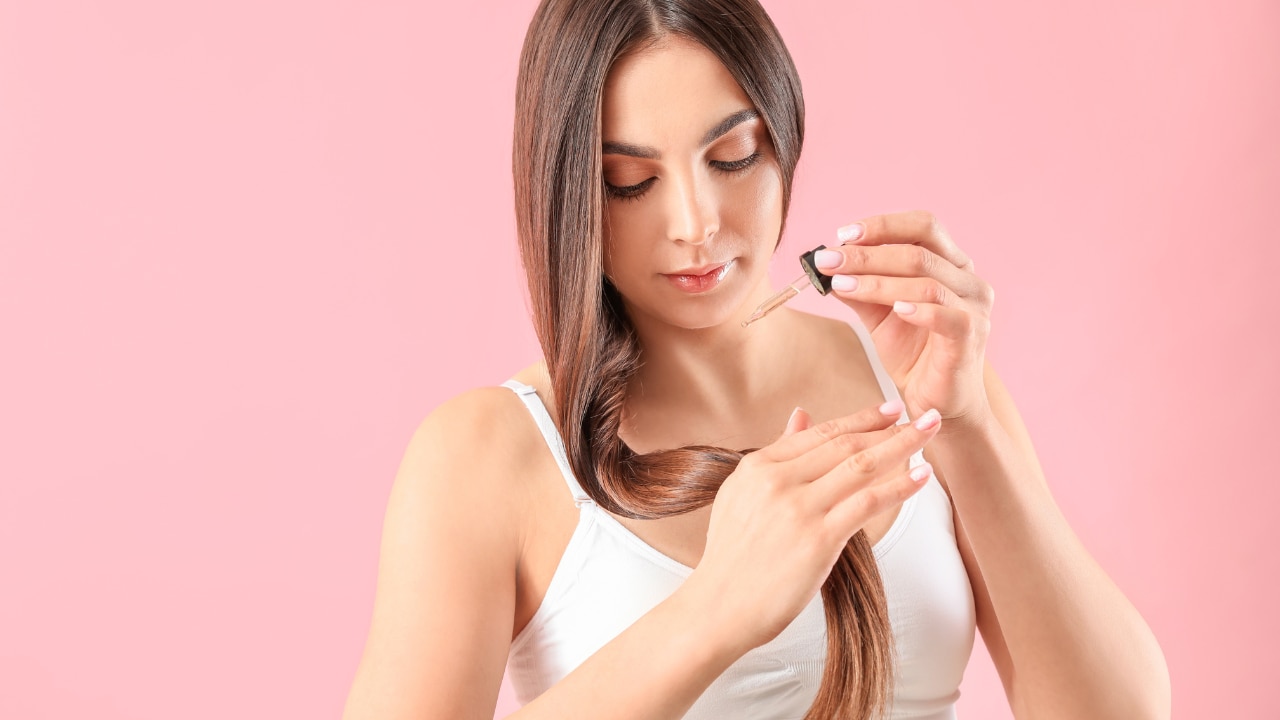
| Oil Type | When to Choose | Primary Benefit | Key Actives | Hair Type Suitability |
|---|---|---|---|---|
| Pumpkin Seed Oil | For DHT-related hair thinning, dry scalp | DHT blocker, antioxidant | Beta-sitosterol, Vitamin E | All hair types |
| Rosemary Oil | For stimulating circulation | Boosts blood flow to follicles | Carnosic acid, antioxidants | Thinning, normal to oily hair |
| Castor Oil | For thickening and deep moisture | Strengthens roots, reduces breakage | Ricinoleic acid | Dry, curly, or coarse hair |
| Coconut Oil | For hydration and protein loss prevention | Seals moisture, reduces damage | Lauric acid, fatty acids | Dry, brittle, or heat-damaged |
08Wrap It Up: Final Thoughts
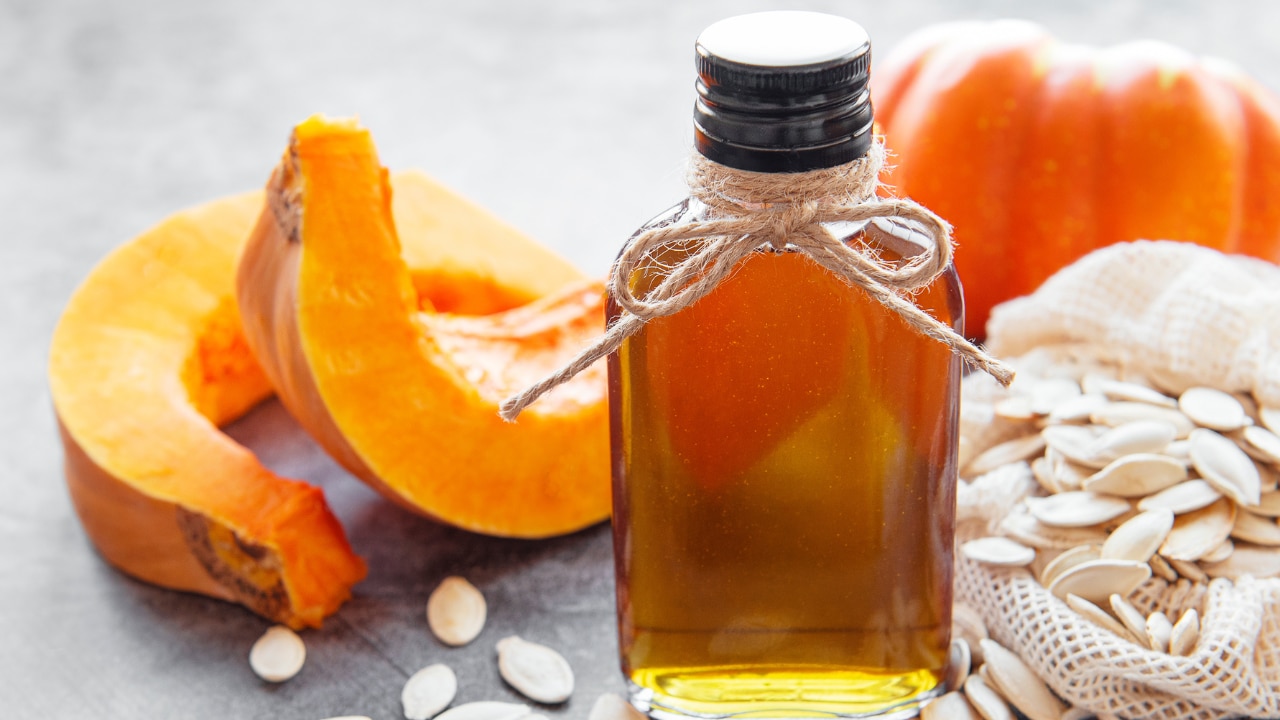
Pumpkin seed oil isn't just a trendy option—it's a nutrient-rich powerhouse that addresses the root causes of hair thinning, especially hormonal or DHT-driven hair loss. Whether you use it alone, combine it with proven Ayurvedic oils like Indulekha Bringha Ayurvedic Oil, or take it under medical supervision in supplement form, consistency is key. Just remember: Natural doesn't mean risk-free. Always patch test and tailor your routine based on your scalp type and hair needs.
09Pumpkin Seed Oil Side Effects You Should Know
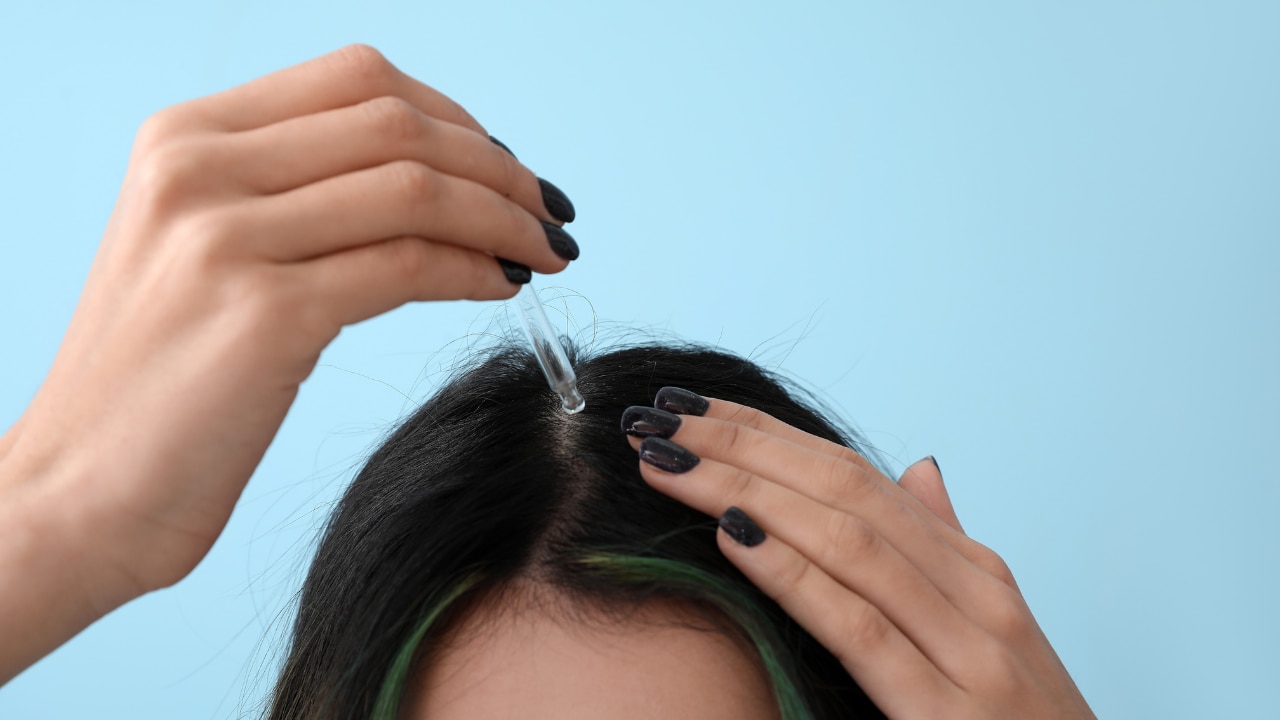
Although generally safe, pumpkin seed oil for hair side effects can occur in some people. Here's what to watch out for:
- Scalp Irritation or Allergies: Especially if used undiluted or if you have a sensitive scalp.
- Greasy Buildup: Using too much can clog pores and weigh down hair, especially in fine or oily hair types.
- Allergic Reactions: Symptoms may include redness, itching, or rashes.
- Incompatibility with Other Products: Mixing with harsh shampoos or medicated treatments can reduce effectiveness.
10How to Minimize Side Effects
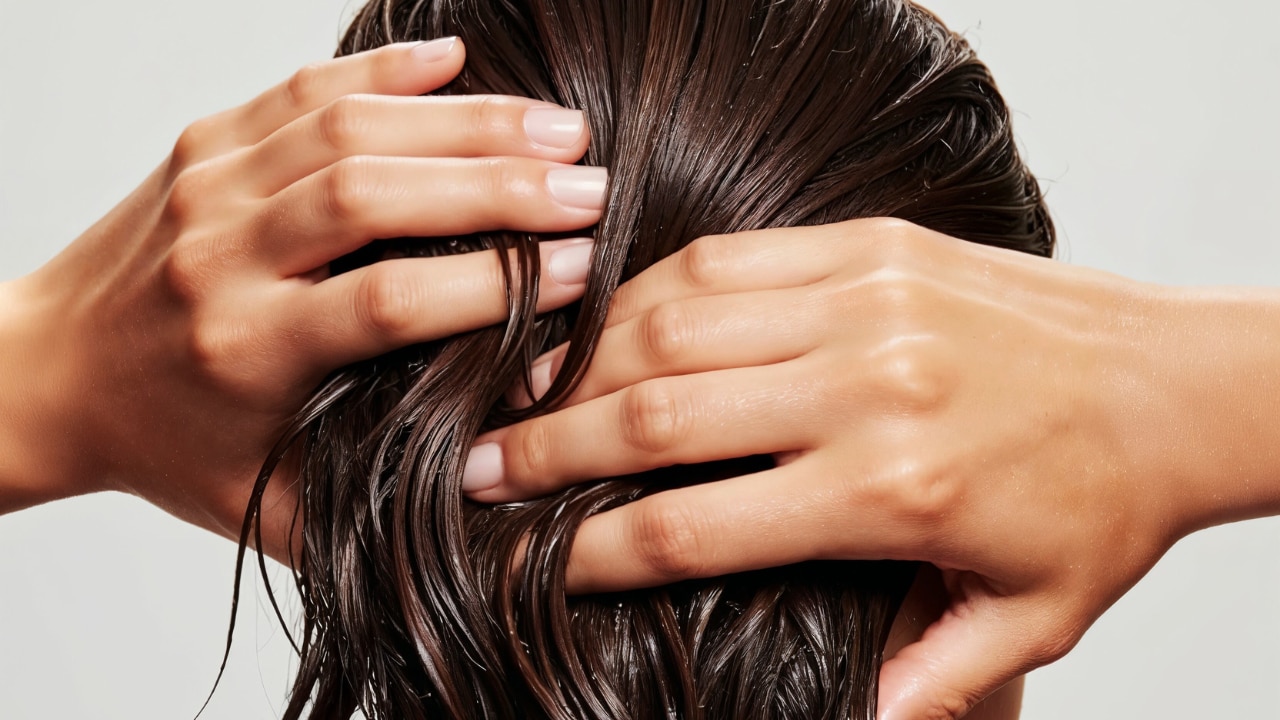
To avoid problems and get the best results from pumpkin oil for hair, follow these expert tips:
- Always Do a Patch Test before first use.
- Dilute with a Carrier Oil (e.g., coconut or jojoba) if you have sensitive skin.
- Use Sparingly on oily hair to avoid buildup.
- Apply on Clean Scalp to improve absorption.
- Avoid Mixing with Strong Actives (like minoxidil) unless advised by a doctor.
11FAQs
Q1: How long does it take to see results from pumpkin seed oil?
You may notice reduced shedding and improved texture in 6–12 weeks with consistent use.
Q2: Can pumpkin seed oil regrow hair on bald spots?
It may help in early stages of hair thinning or pattern baldness by blocking DHT but may not regrow hair in completely bald areas.
Q3: Should I rinse out pumpkin seed oil or leave it overnight?
Both methods are fine. Leaving it on overnight enhances absorption but be sure to shampoo it out in the morning.
Q4: Can I mix pumpkin seed oil with Indulekha Bringha Oil?
Yes, mixing the two can combine the Ayurvedic benefits of Bhringraj with the DHT-blocking action of pumpkin seed oil.
Q5: Is it better to use pumpkin seed oil topically or orally?
Topical use is generally safer and more targeted. Oral supplements should only be taken under medical guidance.

